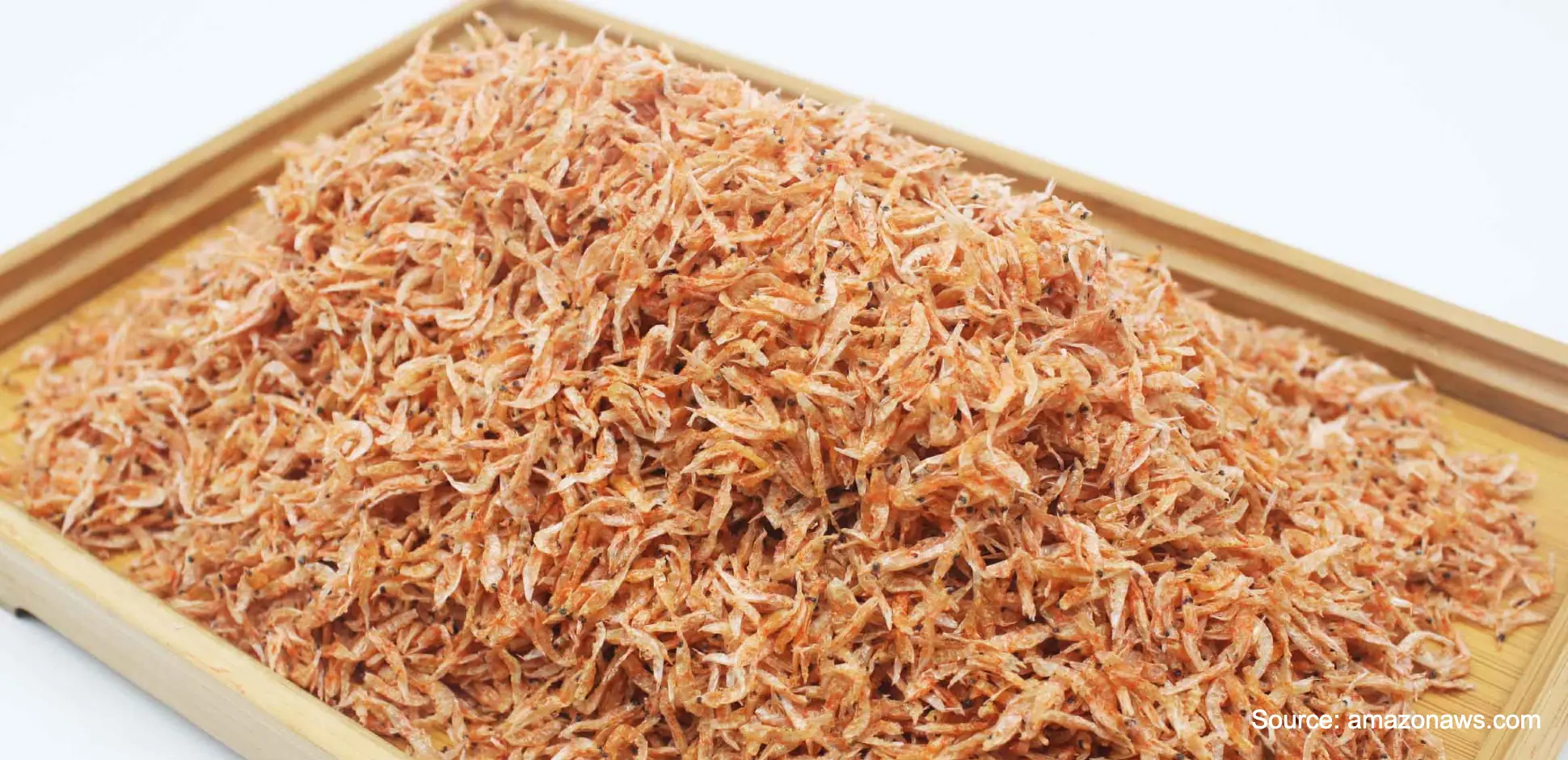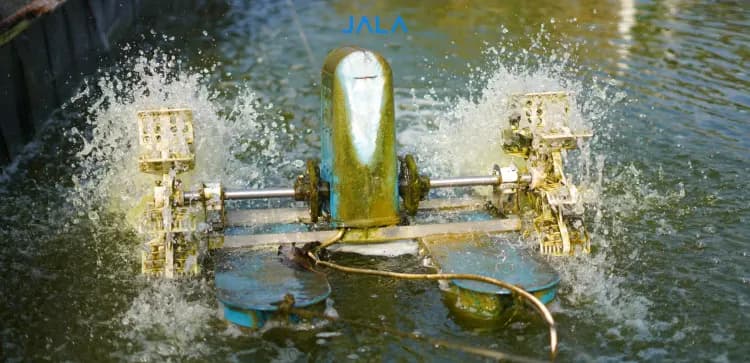
Acetes shrimp is a type of small shrimp that lives in various marine areas in Southeast Asia. One of the most popular and highly caught species of Acetes shrimp is Acetes japonicus.
Acetes shrimp lives in shallow and muddy coastal waters. This type of shrimp is a popular ingredient for terasi dish and thus has a high economic value in the market. What are the characteristics, protein content, and details about Acetes shrimp? Find out in this article.
Contents
Related ArticlesLogin to Read the Full Article
Use your Jala account to read this article. If you don't have an account, please register on Jala App.





